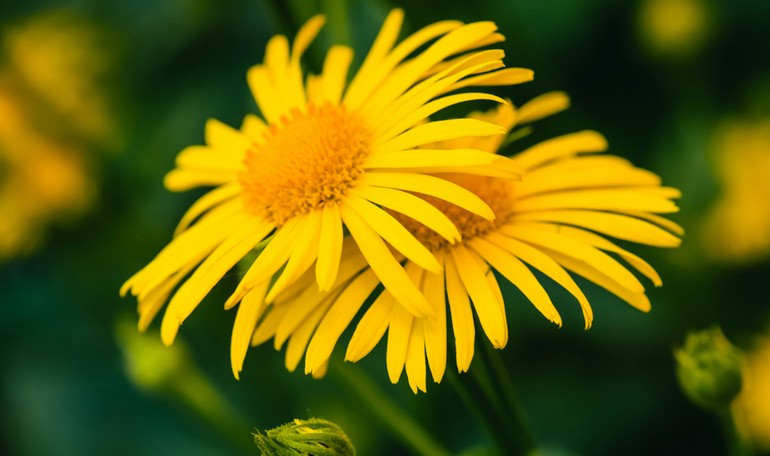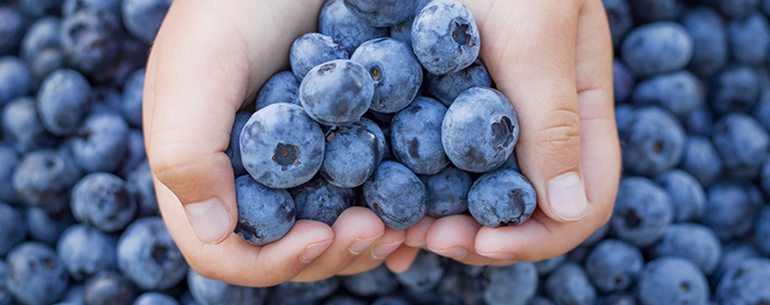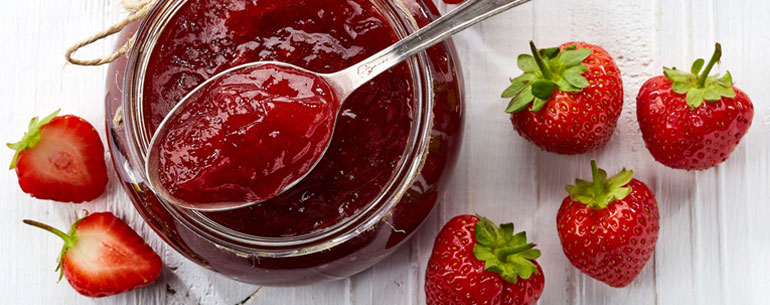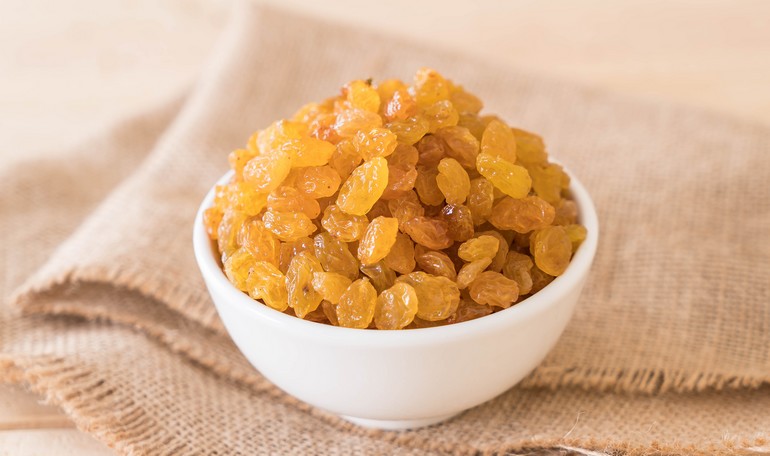The word from the nutritionist
Arnica: the plant of the gods
Vulgarly called "china of the poor" or "mountain tobacco", from the use of its dried leaves to produce cheap snuff or pipe tobacco, the beneficial properties of this plant for a long time were appreciated only by mountain populations who considered it the remedy par excellence for traumas and fractures.

Arnica, known since ancient times, is celebrated in Goethe's verses who thanks to a cup of his decoction managed to recover from the umpteenth attack of angina pectoris. Perennial herbaceous plant, it was called by the Germans "wolfsgelegena" and even considered as a powerful aphrodisiac: it can be found massively throughout Europe, southern Russia and North America. Related to Arnica there are endless legends: this plant, according to the Central European tradition, was dedicated to the goddess Freya and was one of the essential elements in the amorous rituals of the summer solstice. During thunderstorms it was customary to burn it, because it was believed to have magical powers capable of influencing the weather.
Usually growing in isolated mountain areas, its first records date back to the fifteenth century: its name would seem to derive from the Greek ptarmikos and mean "sneeze" since the pungent smell of Arnica leads to sneezing. Vulgarly called "china of the poor" or "mountain tobacco", from the use of its dried leaves to produce cheap snuff or pipe tobacco, the beneficial properties of this plant for a long time were appreciated only by mountain populations who considered it the remedy par excellence for traumas and fractures.
Arnica belongs to the Asteraceae family and takes on different names depending on the regions in which it’s located: it is a perennial herbaceous plant, 20-70 cm tall, of unpleasant smell. It has one or two pairs of velvety and glandular pale green leaves, it has yellow flowers with "disheveled" petals reminiscent of daisies and that develop in the period between June and August. Being a rare and protected species and therefore not cultivable, it grows in the meadows of mountain and alpine areas: it is a plant quite intolerant to heat and for this reason it will hardly be seen blooming on the terraces or in the garden of some apartment in the city. It loves wet mountain meadows, pastures and high moors.
Given its many beneficial properties, arnica is one of the most used herbs in herbal medicine and physiotherapy: it has in fact been known since ancient times as a vulnerary, calming, revulsive and analgesic plant. Its beneficial power is such that the plant can be considered a kind of natural antibiotic. Its components help to greatly reduce swelling and pain, muscle stiffness and to improve the joint movements of subjects with osteoarthritis, while arnica gel applied or rubbed in some areas can be a valid remedy in case of bruises and hematomas. The main use, however, is the treatment of inflammation, hematomas and traumas, possible thanks to the properties that derive from the sesquiterpene lactones contained in it.
But the plant of the gods is not limited to this: folk medicine uses it as a remedy against numerous ailments, from inflammation of the mouth and throat to insect bites, from acne and rashes to the most disparate other problems. In particular, to obtain an ointment against boil formation you can mix a tablespoon of tincture with two tablespoons of honey. The main use of arnica is external, on intact skin in the form of ointments, creams or gels, but it can be used in the form of an infusion, prepared with a teaspoon of its flowers in hot water or with a tablespoon of mother tincture in half a liter of water, for mouth rinses or gargling.
There are no particular contraindications for the external use of arnica, it is considered a safe remedy, at least until it is applied to the skin for short periods of time, although in sensitive subjects it can cause contact dermatitis. Topical use of arnica in pregnancy and lactation as well as its internal use is not recommended since ingestion can cause intoxication with vomiting, diarrhea, headache, breathing problems. Be careful, then, when buying flowers: you must always check that inside them there are no larvae of the arnica fly.
Although arnica is not used in the kitchen, it can be found in the food industry, which uses it to impart aroma to drinks, cold desserts based on dairy products, confectionery, jellies and bakery products. Arnica oil is used even in cosmetics as an ingredient both in the production of perfumes and in that of various cosmetics, hair tonics and anti-dandruff preparations. A curiosity: arnica is a typical ingredient of many liqueurs.
Published 24 August 2022





